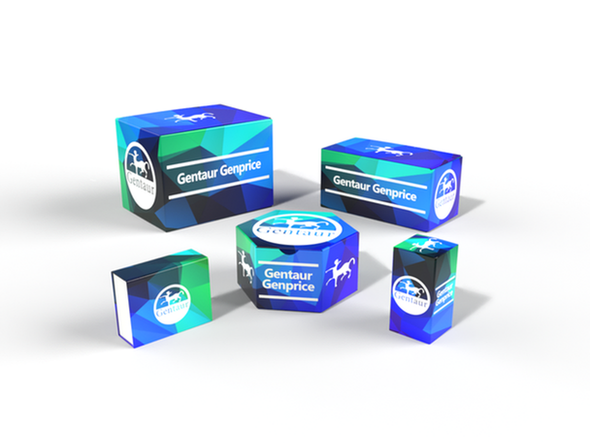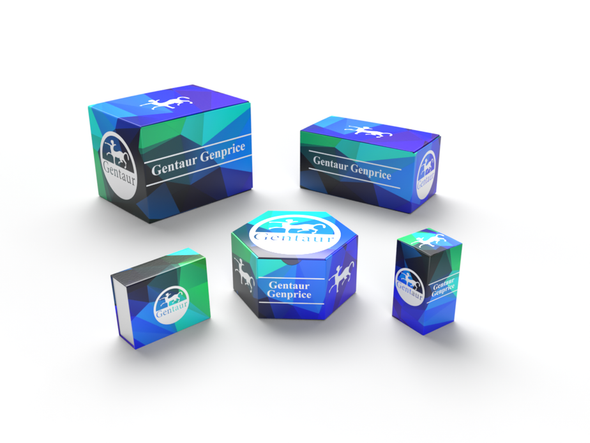Description
BOK Antibody | 3357 | Gentaur UK, US & Europe Distribution
Host: Rabbit
Reactivity: Human
Homology: Predicted species reactivity based on immunogen sequence: Rat: (100%) , Mouse: (100%) , Chicken: (81%)
Immunogen: BOK antibody was raised against a 16 amino acid synthetic peptide near the amino terminus of human BOK.
The immunogen is located within the first 50 amino acids of BOK.
Research Area: Apoptosis
Tested Application: E, IHC-P
Application: BOK antibody can be used for detection of BOK by immunohistochemistry at 5 μg/mL.
Antibody validated: Immunohistochemistry in human samples. All other applications and species not yet tested.
Specificiy: At least three isoforms of BOK are known to exist; this antibody will not detect the smallest isoform. BOK antibody is predicted to not cross-react with other Bcl-2 protein family members
Positive Control 1: Cat. No. 10-301 - Human Brain Tissue Slide
Positive Control 2: N/A
Positive Control 3: N/A
Positive Control 4: N/A
Positive Control 5: N/A
Positive Control 6: N/A
Molecular Weight: N/A
Validation: N/A
Isoform: N/A
Purification: BOK Antibody is affinity chromatography purified via peptide column.
Clonality: Polyclonal
Clone: N/A
Isotype: IgG
Conjugate: Unconjugated
Physical State: Liquid
Buffer: BOK Antibody is supplied in PBS containing 0.02% sodium azide.
Concentration: 1 mg/mL
Storage Condition: BOK antibody can be stored at 4˚C for three months and -20˚C, stable for up to one year. As with all antibodies care should be taken to avoid repeated freeze thaw cycles. Antibodies should not be exposed to prolonged high temperatures.
Alternate Name: BOK Antibody: BOKL, BCL2L9, Bcl-2-related ovarian killer protein, Bcl-2-like protein 9, hBOK
User Note: Optimal dilutions for each application to be determined by the researcher.
BACKGROUND: BOK Antibody: Apoptosis plays a major role in normal organism development, tissue homeostasis, and removal of damaged cells. Disruption of this process has been implicated in a variety of diseases such as cancer. The Bcl-2 family of proteins is comprised of critical regulators of apoptosis that can be divided into two classes: those that inhibit apoptosis and those that promote cell death. BOK, a pro-apoptotic Bcl-2 family member, was initially identified in the ovary, and was found to interact with other Bcl-2 family members such as Mcl-1 and Bfl-1. BOK expression is high during early placental development, suggesting that it may also play a role in regulating trophoblast cell proliferation.






